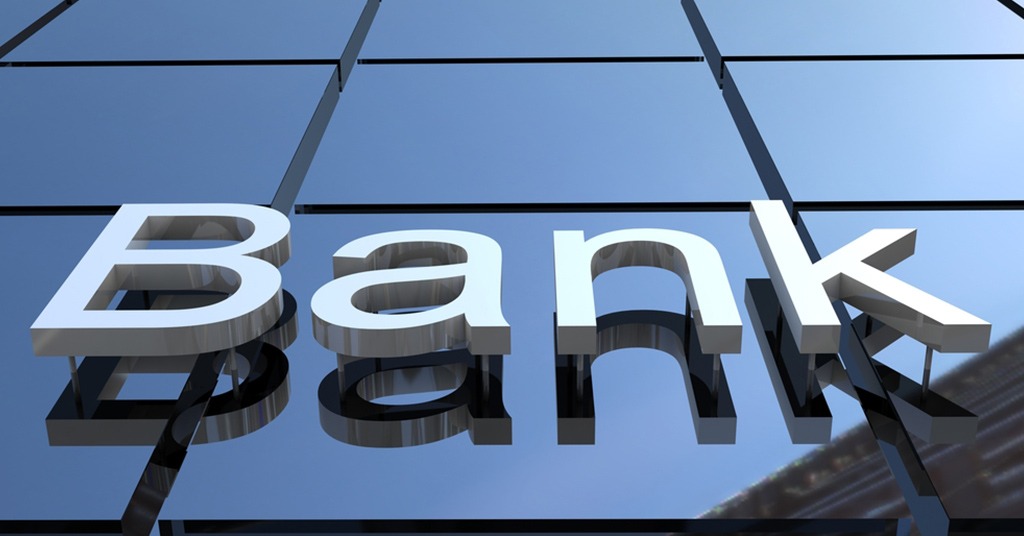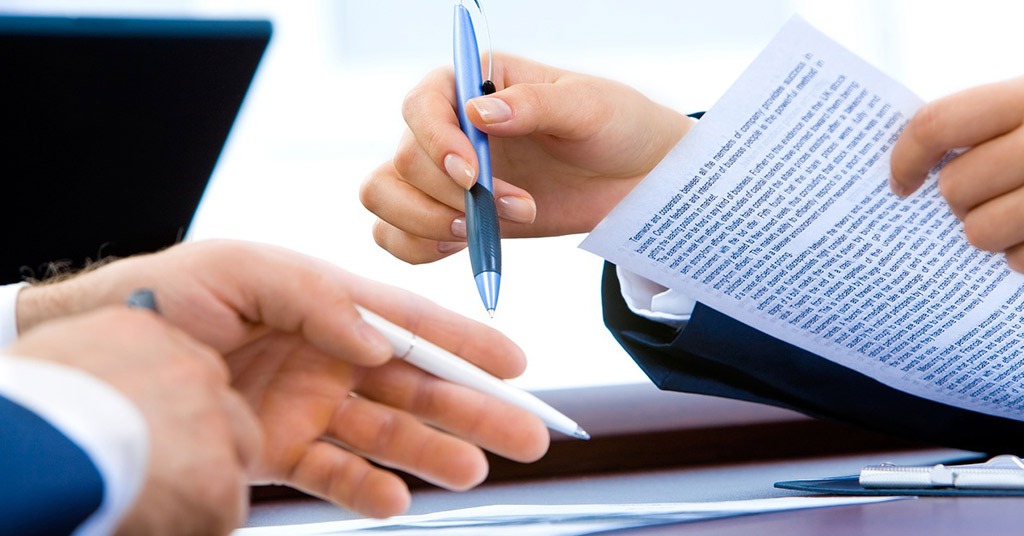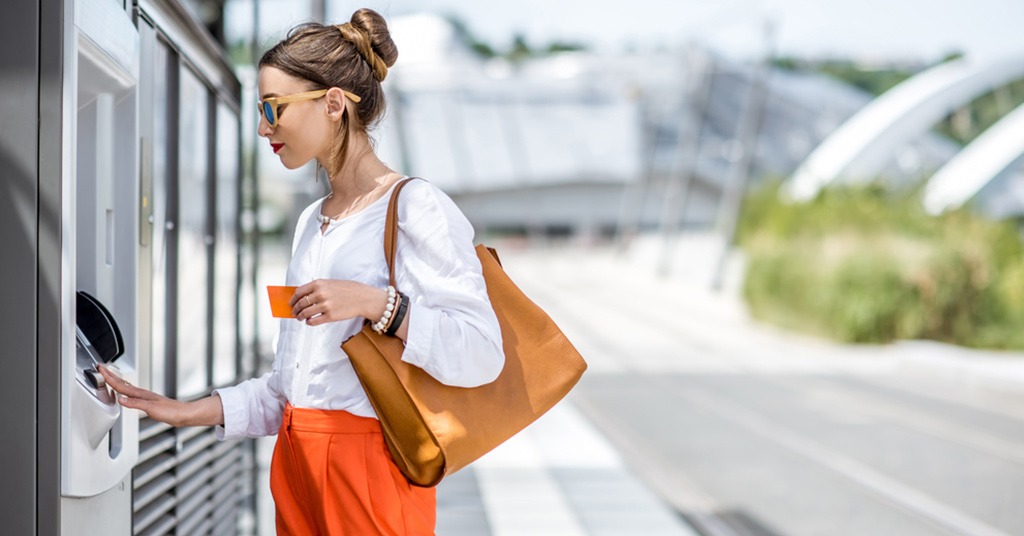Here are some tips on how to handle opening a bank account in the US and related issues

The guide on how to open a bank account in the US. Source: shutterstock.com
So, you’ve decided to open a bank account in the United States. Apparently, you may have some good reasons for it. First, you may be planning to move to the country, or visit it for personal reasons (not just as a tourist). Thus, the point is you’d stay for long. At this point, it would be reasonable to have a bank account with an American bank.
On the one hand, it can make life much easier. For example, you’ll avoid cross-border transaction fees/costs. On the other hand, it becomes a “must-have” sometimes. For instance, it simplifies access to different services (like a cell phone or home internet plan). The US can be rightfully called a “banking country”, so America offers a wide choice of options when it comes to banks and financial institutions. However, sometimes one harsh rule works: the more choices available, the harder to choose.
I do not live in the US. Is it possible for me to open a bank account in the US?
Let’s consider the first situation: you are a US citizen. Thus, it would be right to assume you have a Social Security Number (SSN), but you don’t live in the country at the moment. In this situation, you have an option to apply for a bank account online. Most major US financial institutions offer an option to open an account online.

You can find some info about international bank accounts that work with US dollars. Source: stocksnap.io
In the second situation, you may not be from the US, which probably means you don’t have an SSN. And this can make the whole process rather thorny, especially if we are talking about opening a bank account from abroad. Well, for one thing, most of the banks would require an SSN, so you will need one. And for another, it will be obligatory for you to visit a bank branch in person.
If you find it difficult/impossible at the moment, you should consider some other options. For starters, you can find some info about international bank accounts that work with US dollars. A lot of world banks offer such an account. Nevertheless, they usually require minimum deposits, which can be rather high. You can also consider a borderless account from TransferWise, for example.
The required set of documents
The US banks normally don’t ask for something supernatural: something to prove your identity and address. Today, you can avoid visiting a brick-and-mortar branch, and attach copies of your documents to a letter, sending it online. Nonetheless, you should remember that every financial institution has its own system, so the process can vary from bank to bank. The best solution here is to check the requirement of the bank you are going to work with.

Today, you can avoid visiting a bricks-and-mortar branch. Source: pixabay.com
Usually, most banks ask for the following:
- Personal/contact details (and residential address, as we’ve mentioned above)
- Driver’s license (or state-issued ID document)
- SSN
- An opening deposit payment
How to open a bank account in the US?
We’ve mentioned before that different banks have different systems when it comes to document processing. Same rules apply for an account opening. So, you need to be careful and double-check all the info about terms and conditions. Some banks can start the process online, and you’ll have to fill an online application. But mostly, if you do not have an SSN, you’d be compelled to visit a branch in person.
The fees
Banks have various plans and programs, which is quite an international thing that works not only in the US. Therefore, we believe it is not a surprise for you. So, we surmise you already have a bank account in the country you live in, and you must be aware that it is important to read the small print and check out all the features/benefits, fees, and terms & conditions. Normally, there are a bunch of different account options that a financial institution can offer to you, starting from basic accounts with a low monthly fee, to premium accounts with higher service fees, but extra benefits/advantages.
Monthly maintenance fees
It is the most common type of fee, and you may have faced it before if you have ever had a bank account. But in some cases, a ban can let you avoid it if you maintain a minimum monthly balance, for example.
Normally, you will be charged about $10-15 monthly. Premium accounts may cost around $25-100 a month.
ATM fees

Most banks offer free withdrawals from ATMs operated by the bank you have an account with. Source: shutterstock.com
Nowadays, most banks offer free withdrawals from ATMs operated by the bank you have an account with (as well as from other partner banks). But if you withdraw cash from an ATM outside the bank’s network (or abroad), be ready to pay fees according to the terms of the bank.
International transfer fees
You’ll have to pay fees in case of carrying out a cross-border payment. Americans usually call it wire transfer. Here’s a situation where you can face not only the upfront charges, but also any possible hidden fees/markup (i.e. the exchange rate).
You should also consider extra fees if you use the SWIFT network.
Which account should I open?
Bank of America, JPMorgan Chase, Citibank, and Wells Fargo are among the most popular retail banks in the US, and a great place to start searching for the right account for your needs. You will be offered a wide variety of account options. Before starting anything, don’t be afraid to compare a few different options from the major financial institutions. But if you are really concerned, do not hesitate to check out a few alternative providers as well.
SEE ALSO:









